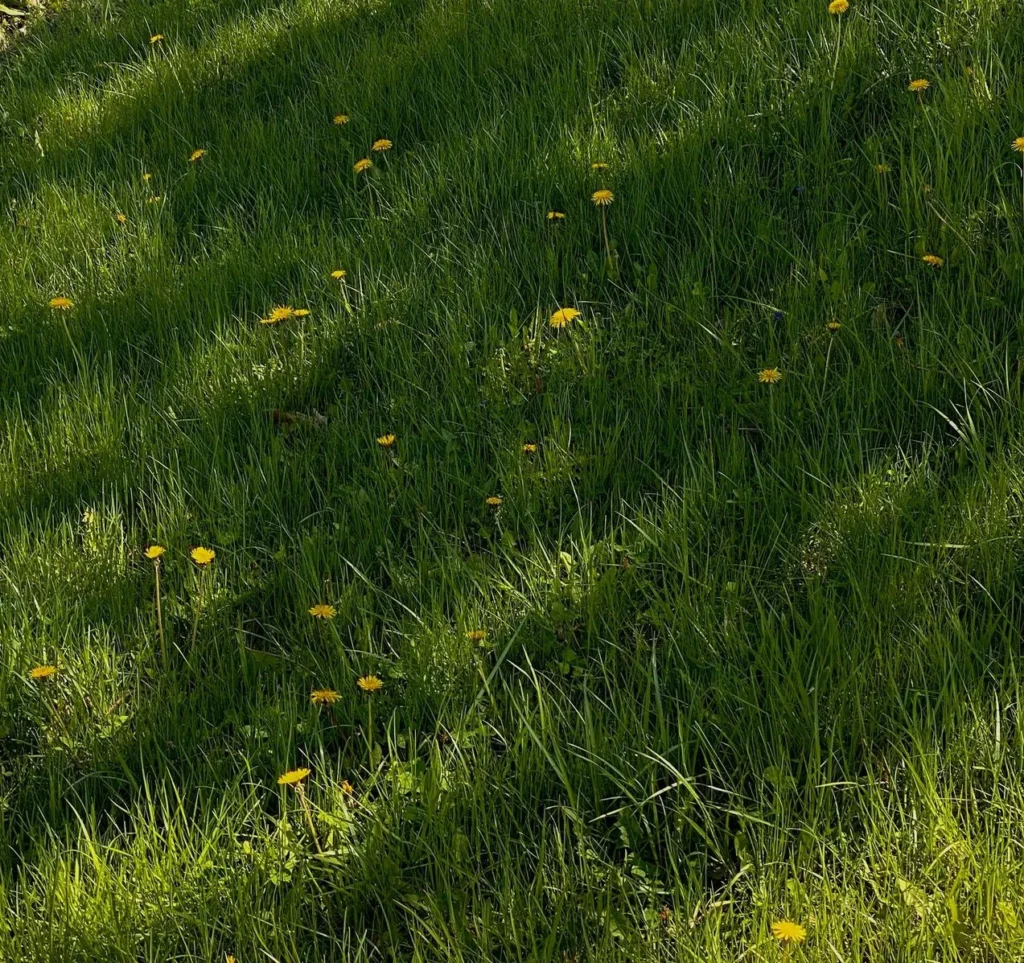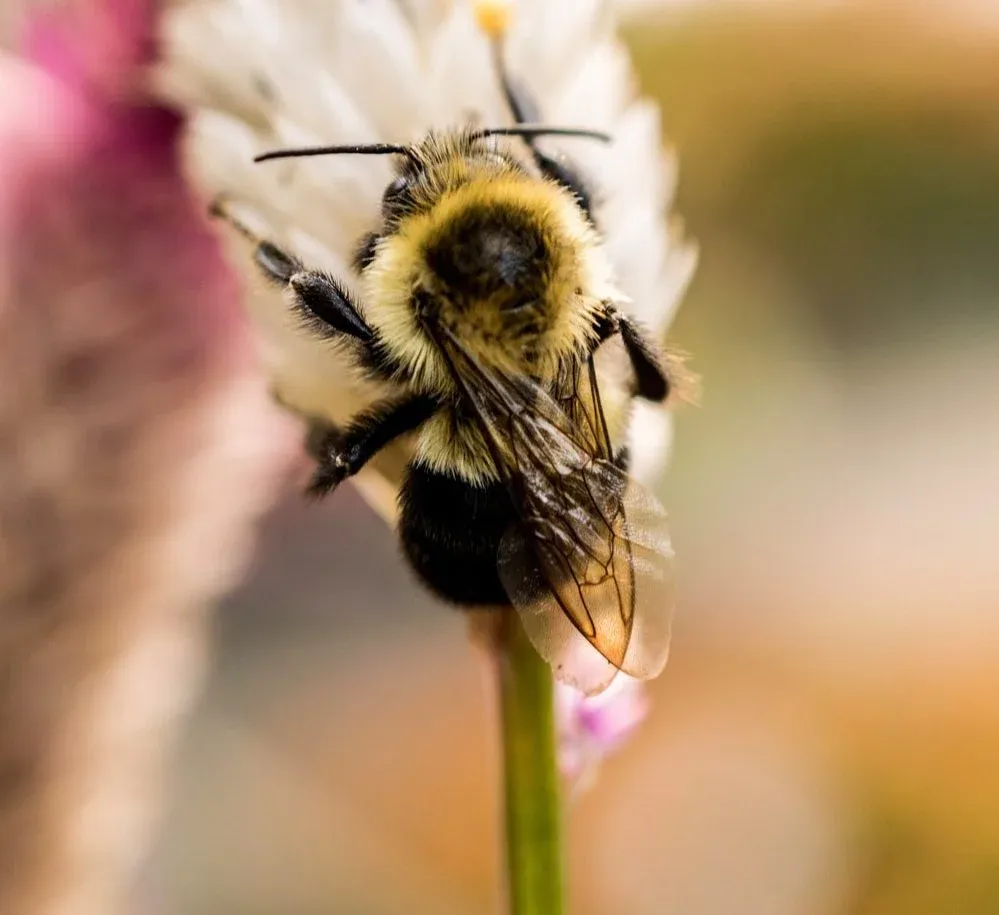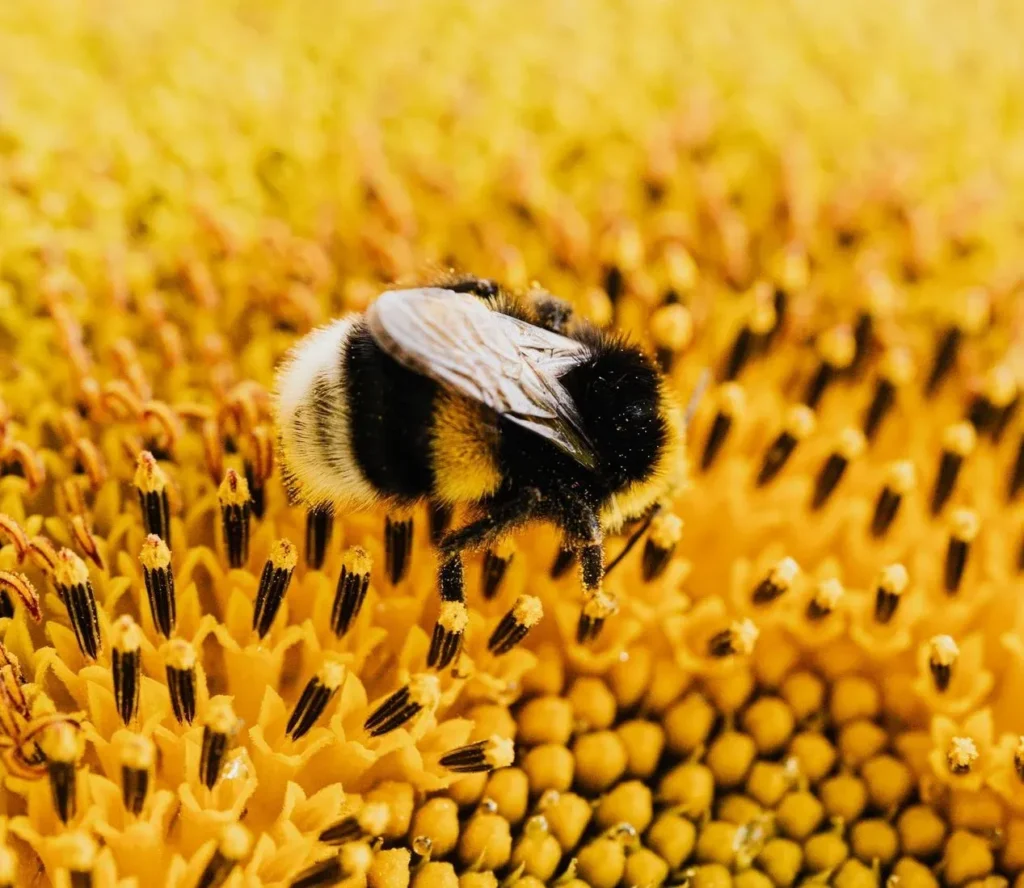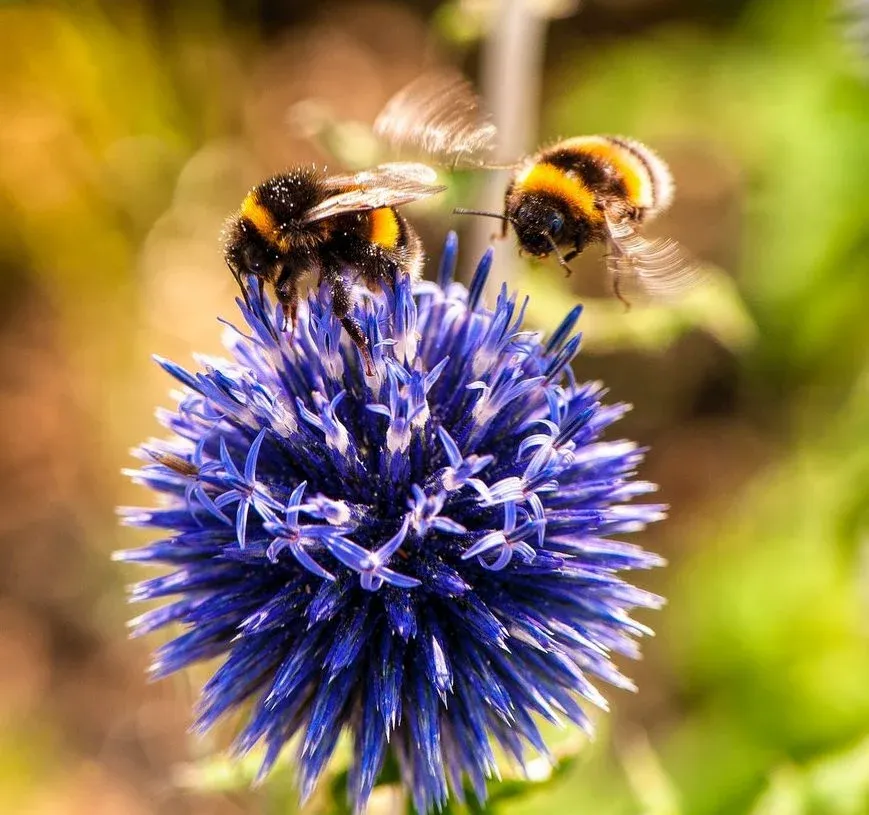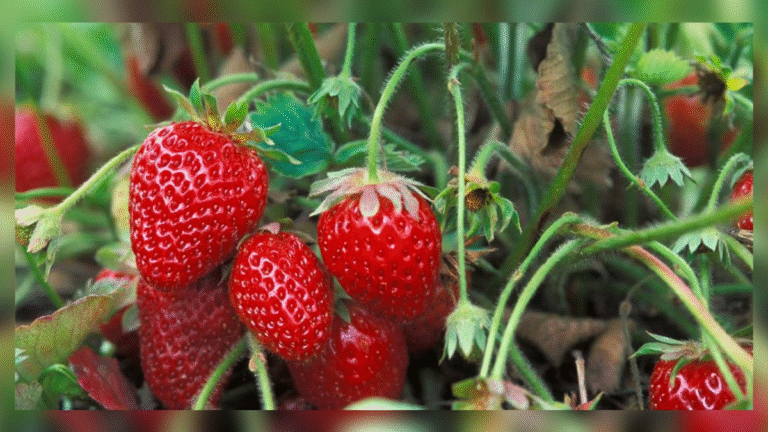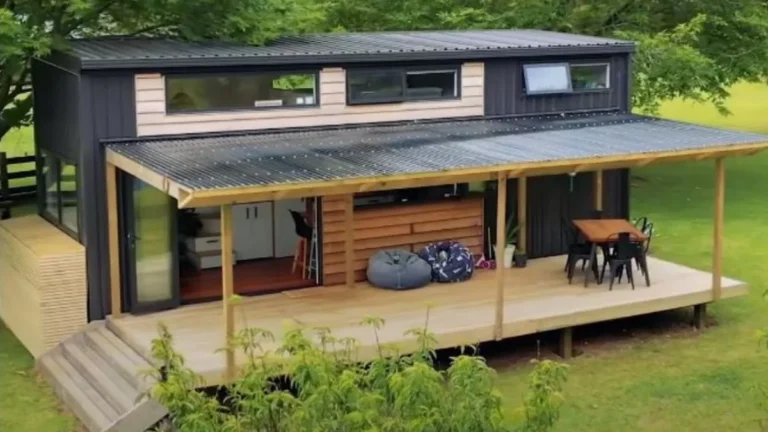Minnesota’s Bold Plan Get Paid to Grow a Pollinator Paradise in Your Yard
The goal is to cultivate habitats where pollinators can flourish. The added reward? A breathtaking transformation of ordinary spaces into natural sanctuaries. With any luck, this initiative sparks a wave of similar efforts across the country.
Do you remember endless meadows, blossoms swaying in the breeze, and the gentle hum of bees and flutter of butterfly wings?
How long has it been since you witnessed such simple magic?
The pandemic stirred something deep an awakening to the quiet elegance of the natural world. People turned to soil, seeds, and sunlight, finding peace in planting and nurturing green life.
This shift opened the door for countless individuals to embrace gardening as a cherished pastime. Not long ago, though, flowerbeds were a rare sight absent from most homes and even noticeably scarce in public parks.
And with that absence came silence no fluttering butterflies, no buzzing bees. Their habitats quietly vanished, right along with the blooms.
Bees and Butterflies Rely on Blooms to Survive and Thrive
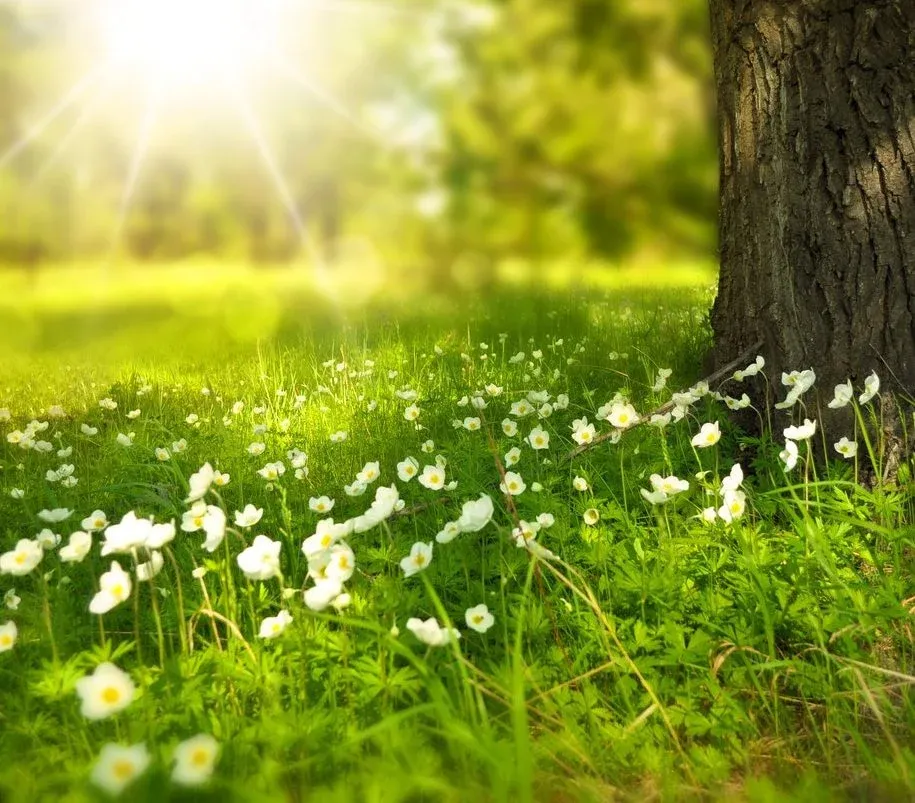
It looks like the content you wanted me to rewrite is missing. Please provide the text you’d like rewritten, and I’ll get started right away.
Enter Minnesota’s cash incentive
That’s precisely why the state of Minnesota has unveiled a $900,000 initiative, earmarked for a one-year rollout, aimed at transforming conventional lawns into thriving prairie landscapes.
This funding will directly support homeowners who choose to participate in the program, covering the costs of planting pollinator-friendly native flora.
This program will help replenish the food sources of our precious pollinators.
Looking out for one bee in particular
At the heart of the initiative lies a mission to rescue the rusty patched bumblebee Bombus affinis a plump, velvety pollinator on the brink.
These bees form tight-knit colonies ruled by a single queen, supported by a bustling crew of female workers. As summer fades, their ranks shift to include newly emerged queens and males, ensuring the next generation survives.
As with many bee species, the hierarchy is written in size: queens reign as the largest, while diligent workers hum through their tasks as the smallest members of the hive.
These beautiful bees are nearly extinct.
If we stand idle, the next generation may know these bees only through faded photographs and forgotten field guides.
Studies conducted by the University of Minnesota reveal just how vital bumblebees are to the region playing a profound role in sustaining local ecosystems and agricultural vitality.
When these bees touch down on a blooming stem, they generate a soft, rhythmic vibration—astonishingly close to a C note. Remarkable, isn’t it?
This Natural Vibration Triggers the Release of Pollen
From that moment, the pollen is dispersed reaching even those insects unable to access it on their own.
The program encourages homeowners to ease up on frequent lawn mowing. Instead, they’re urged to introduce humble yet vital blooms like dandelions, ground plum, and Dutch white clover—tiny blossoms with a mighty impact.
These unassuming blooms serve as a rich and reliable banquet for the rusty patched bumblebees, offering essential nourishment that fuels their survival and pollination journey.
They Require Minimal Care and Cost Next to Nothing
These plants demand little attention and come with a modest price tag making them the perfect choice for eco-conscious gardeners on any budget.
“A pound of Dutch white clover costs around $7,” noted Wolfin, a bee specialist at the University of Minnesota. “It stays low to the ground, so most folks won’t even need to alter their mowing habits to accommodate it.”
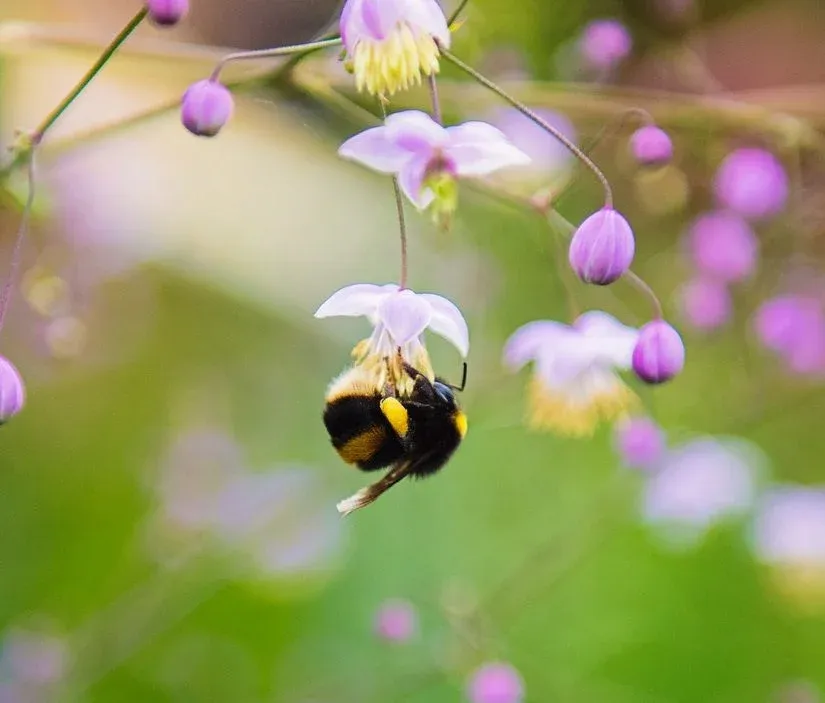
“A single pound of Dutch white clover runs about $7,” explained Wolfin, a bee specialist at the University of Minnesota. “It grows low to the ground, so homeowners can keep their usual mowing routines without any disruption.”
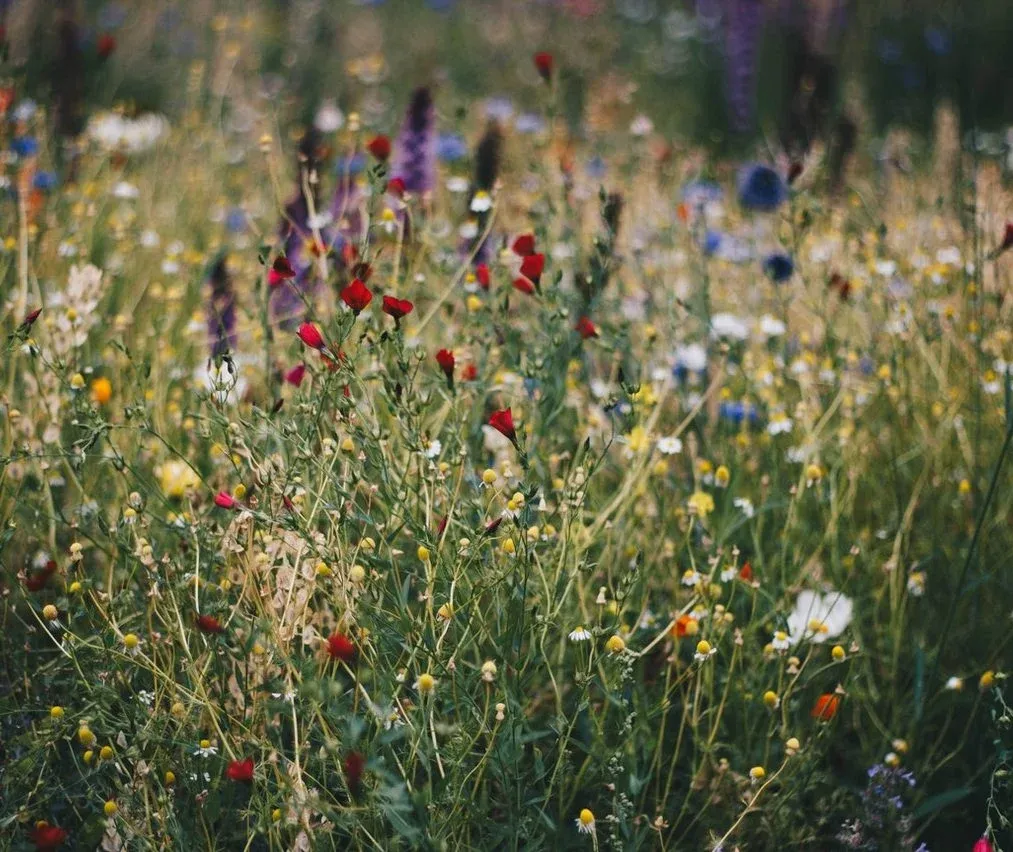
The program is ongoing.
“A pound of Dutch white clover costs roughly $7,” said Wolfin, a bee specialist at the University of Minnesota. “It grows so close to the earth that most people won’t even need to alter their usual mowing habits.”
Please SHARE this with your friends and family.
Article Sources: Star Tribune FWS

